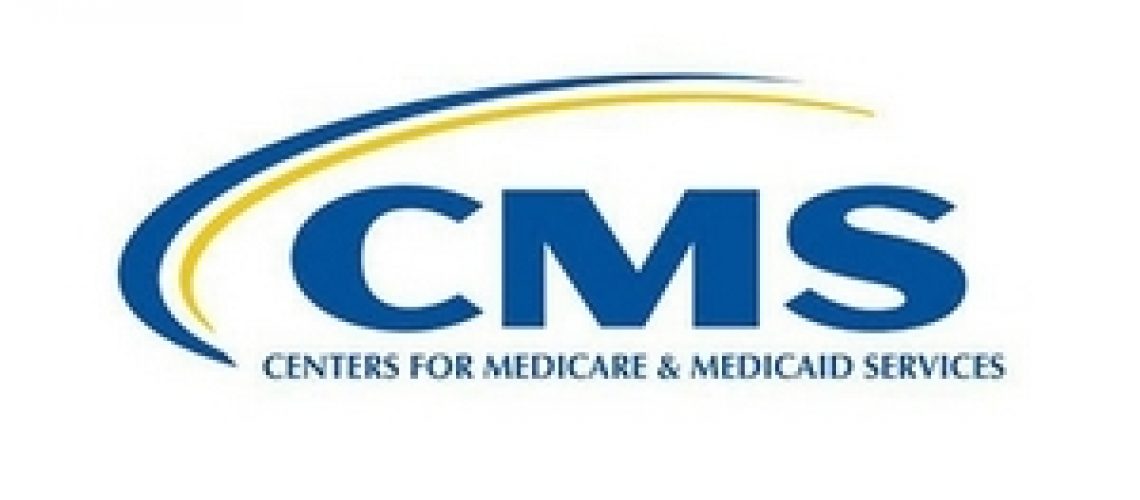On April 21, 2016, the Centers for Medicare & Medicaid Services (CMS) issued final regulations that revise and significantly strengthen existing Medicaid managed care rules.
In keeping with states’ increasingly heavy reliance on managed care programs to deliver services to Medicaid beneficiaries, including many with complex care needs, the regulatory framework and new requirements established by the final rule reflect increased federal expectations regarding fundamental aspects of states’ Medicaid managed care programs.
Major goals of CMS’ in revising the regulations were to align Medicaid and CHIP managed care requirements with other major health coverage programs where appropriate; enhance the beneficiary experience of care and strengthen beneficiary protections; strengthen actuarial soundness payment provisions and program integrity; promote quality of care; and support efforts to reform the delivery systems that serve Medicaid and CHIP beneficiaries.
The final rule is sweeping in its breadth. Here are ten selected highlights:
Beneficiary support and information. States must establish an independent beneficiary support system that offers choice counseling and information to all enrollees and additional assistance to enrollees who use long-term services and supports (LTSS). Plans must provide up-to-date provider directories and prescription drug formularies to enrollees. Enrollee information must be accessible to people with disabilities and available in locally prevalent non-English languages. States must maintain a managed care website and states and plans can provide information to enrollees electronically.
Enrollment and disenrollment protections. States that select health plans for beneficiaries and enroll them passively must notify the beneficiaries and provide them a 90-day period to change plans, and, in voluntary managed care programs, to change plans or elect to remain in the fee-for-service (FFS) system. Enrollees who use LTSS can disenroll from their plan if their residence or employment would be disrupted as a result of their LTSS provider leaving the plan’s network.
Network adequacy and access to care. States must establish time and distance standards for 11 specified types of providers and other network adequacy standards for LTSS providers who travel to enrollees. States must have a continuity of care policy for beneficiary transitions from FFS to managed care or from one managed care plan to another.
Short-term IMD stays. For the first time, under the authority for plans to cover services “in lieu of” of those available under the Medicaid state plan, states can receive federal matching funds for capitation payments for adults who receive psychiatric or substance use disorder inpatient or crisis residential services in an IMD for no more than 15 days in a month.
Managed long-term services and supports (MLTSS). For the first time, the rules include provisions specific to MLTSS. States must identify enrollees with LTSS needs, and plans must comprehensively assess these enrollees. Plans also must comply with CMS’s person-centered planning and home and community-based setting regulations. States and plans must create stakeholder advisory groups to oversee MLTSS programs.
Continued services during appeals. The final rule enables managed care enrollees to have services continue during appeals of denials. Also, Medicaid appeal timeframes are revised to better align with Medicare Advantage and Marketplace rules. Additionally, beneficiaries must exhaust the internal health plan appeal before proceeding to a state fair hearing.
Medical loss ratio (MLR) standard. The final rule establishes a minimum medical loss ratio (MLR) standard in Medicaid for the first time. The minimum MLR is 85%, the same standard that applies in Medicare Advantage and private large group plans. The rule requires states to develop capitation rates so as to achieve an MLR of at least 85% in the rate year. There is no federal requirement that plans remit payment if they fail to meet the MLR standard, but states have discretion to require remittances.
Delivery system and payment reform. The rule clarifies state payment tools to promote improved performance by managed care plans, as well as state authority to require plans to implement value-based purchasing models and participate in multi-state or Medicaid specific delivery system reform initiatives.
Quality of care. States must have a written quality strategy, including performance measures, performance improvement projects, a mechanism for identifying enrollees with LTSS or special health care needs, a plan to reduce health disparities, and other elements. States are required to identify over- and under-utilization and the quality and appropriateness of care provided to LTSS users. After implementing their quality strategy, states must issue annual quality ratings for their plans based on a rating system to be developed by CMS.
Program integrity. The final rule strengthens requirements for data, transparency, and accountability at both the state and plan level. States must screen and enroll all managed care network providers who are not already enrolled in the state’s FFS system. The rule conditions federal matching funds for payments to MCOs, PIHPs, and PAHPs on state reporting of validated, complete, and timely enrollee encounter data.
Looking Ahead
As Medicaid managed care programs continue to expand to include additional populations and services, and state interest in delivery system and payment reform increases, the final rule provides a framework of state and managed care plan standards and requirements designed to improve the quality, performance, and accountability of these programs. In the months and years ahead, CMS, states, plans, beneficiaries, providers, and other stakeholders will be focused on implementation of the provisions of the new rule.
——————————————————
Photo courtesy of: Medical Coding News
Originally Published On: Kaiser Family Foundation
Follow Medical Coding Pro on Twitter: www.Twitter.com/CodingPro1
Like Us On Facebook: www.Facebook.com/MedicalCodingPro







